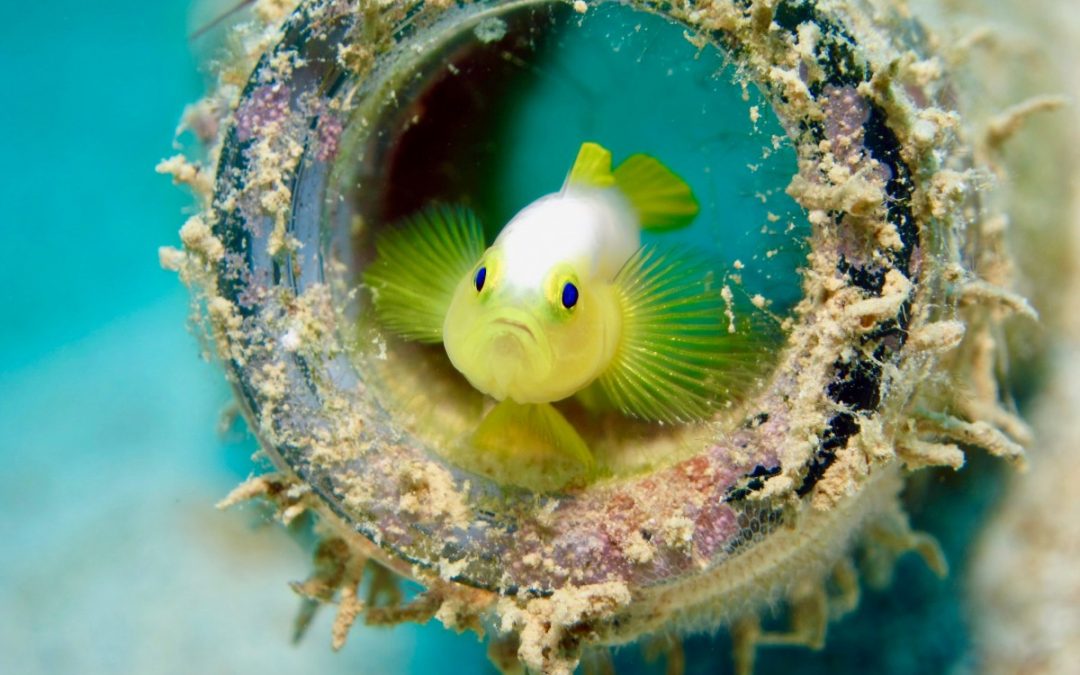EVERYONE IS TRYING to come up with new sustainable food options. And we need to: soon we will hit 9 billion people on this planet. But also, it is good to think about food options that will help us age well.
Ole G. Mouritsen is a professor at the University of Copenhagen’s Department of Food Science. He says we need alternatives to the juicy steak. And, the answer is in the ocean. We need to look at sea creatures that are NOT being eaten now, but could be. Harvesting these creatures will emit far less CO2 than beef, pork and chicken.
Future Diets and Sprat
Says Professor Mouritsen, “The climatefriendly bycatch fish currently used for pig feed or fish oil live near the bottom of the ocean. They include: sand lance, a fish which digs into the sandy bottom to lay eggs; sprat, a relative of herring which is widespread in Danish waters; and the black-mouthed gobi, another small, but tasty and overlooked fish.”
Sprat alone could satisfy 20 percent of Denmark’s protein needs. And by fishing for sprat, we can avoid the over-exploitation of more wellknown fish species such as cod, plaice and salmon.

Seaweed and algae are also an overlooked and extremely climate-friendly food source. However, only 500 of 10,000 species are currently exploited and recognised as food. This is despite the fact that marine algae are packed with incredibly healthy nutrients and vitamins.
Future Diets and Seaweed
Similarly, seaweed, squid and molluscs are only fished to a small extent, with 30 out of approximately 800 species being used for food globally. “Even though seaweed, squid and molluscs contain important fatty acids and vitamins, and can taste great, we remain reluctant to count these species among our food sources.”
But let’s not forget vegetables. New technology can actually give vegetables the umami taste of meat. “Sweetness signals calories and survival to the brain, and umami signals that we are consuming something good for our muscles. Many seafoods, marine algae and vegetables have the potential to taste great.” By fermenting or adding enzymes to vegetables, sweet and umami tastes can be brought out.

Says Professor Mouritsen, “Several Asian food producers have something called ‘shio-koji’, which can also be made at home. Koji is a salty solution of dead microscopic fungi with active enzymes. By adding it to sliced broccoli and putting them in the fridge for a few hours, you’ll be able to taste more sweetness and umami in the pieces of vegetable.”
So if you want to live forever, seeking out these healthy life-extending foods could be a good start!
Want to read more about the edible wonders of the ocean? Just click here to read about… jellyfish chips?

Editor for Silver Magazine Gold Coast

